“"There is a fundamental difference between religion, which is based on authority, [and] science, which is based on observation and reason. Science will win, because it works."” -Stephen Hawking
Every week on Starts With A Bang brings with it a new set of considerations about the Universe we all inhabit. It was awfully busy here, with two guest contributions, including:
- How do black holes really evaporate? (for Ask Ethan),
- Your guide to the best meteor shower of the year: the Geminids,
- Amazing final images of stars right before they die (for Mostly Mute Monday),
- Could life exist in a star's atmosphere? (contributed by Jillian Scudder),
- Politics in Hawaii threatens to end astronomy as we know it,
- Mystery solved: Ceres white spots are salt,
- Why trust a theory? Physicists and philosophers debate the scientific method (a fantastic redux of a conference on string theory, the multiverse and science, by Sabine Hossenfelder),
- and The greatest unsolved problem in theoretical physics: why gravity is so weak.
In very exciting news, the first preorders of Beyond The Galaxy will now ship, so make sure you get yours as soon as you can! That said, let's get right in to our comments of the week!
From Llewelyn Evans on early star formation: "I have read that gas clouds need higher elements to be able to radiate heat, in order to be able to collapse for form a star, and that the earliest stars were probably over 100 solar masses."
This is mostly right, if I understand what you're saying correctly. Every atom, molecule and grain of dust has the ability to absorb and emit radiation, which contributes to cooling, but some are far more efficient than others. Hydrogen -- at 92% of the Universe (by atomic number) at the outset -- is notoriously poor at it, as is helium (the other 8%). What we expect as a result of this is that when we think about the first star clusters in the Universe, they very likely had a "top heavy" initial mass function, at least, compared to the mass function today.
Image credit: Ulf Leonhardt of the University of St. Andrews, via http://www.st-andrews.ac.uk/~ulf/fibre.html.
From Wow on black hole evaporation: "Actually, it’s rather missing the fact that the one that gets away isn’t ascribed anything until their partner is inside the black hole event horizon."
Like all analogies, this one is limited. The reality is that there are no massive particles that will be emitted as part of Hawking radiation for the first ~10^60 years of the Universe, not even neutrinos. All you'll get is photons, as the energy of the Hawking radiation is too low for a real particle to be produced. (Exponential suppression is tough to overcome!)
It's very difficult to describe, in simple terms, how different observers see the vacuum in different states, and how this "paradox" gives rise to the radiation, so it's tempting to go to an analogy. But the actual physics falls apart -- including things like the energy spectrum of the radiation, where it originates and what the radiation itself is made of -- long before we run into this notion of what's in-or-out of the black hole's event horizon.
From PJ on the Geminids: "Thanks, Ethan; hope we get clear skies down here for the show."
Everyone from the Southern Hemisphere always has to put up with my Northern Hemisphere bias. Well, let's flip the script; how would an Aussie best view the Geminids? Here's the view of the night sky about 2.5 hours after sunset, from Perth, on the night of the 13th/14th, when the Geminids are at their peak.
The "radiant" should come from right around the stars Pollux and Castor, which rise in the northeast about 2 hours after sundown. The brightest, fastest Geminid meteors will pretty much be visible even before that, so long as you face east/northeast, and take in a wide field-of-view.
Unfortunately for me, we've been getting record levels of rain in the pacific northwest of the United States, and the subsequent landslides, road closures, floods and -- most importantly -- cloudy skies that come with that.
Thanks for nothing, El Niño.
From Ragtag Media on my book: "Folks has there been any news updates on [Ethan's] Book?"
I can give some:
- Free first chapter here! You can get the preface and table of contents (and book "front matter") for free, too!
- Buy it direct from World Scientific for 30% off using promo code WS15XMAS30. (E-book, paperback or hardcover. I recommend paperback.) Should arrive in ~2 weeks!
- Preorder it from Amazon. (I make less money that way, but what are you gonna do?) Books should be in their warehouse this week, and they should update their website this week as well.
- Come see me in person, and I'll sign and personalize a copy for you! (I should have them for sale on my person, too.) Find me in January at the American Astronomical Society meeting in FL, in March at MidSouthCon 34 in Memphis, TN, and in May at Balticon 50 in Baltimore, MD.
- And here are some advance reviews.
Anything else you want to know?
From eric on TMT: "I’m sympathetic to the leasing and contract violation complaints and hope the scientific community can work with the locals to be better economic partners in the future. I’m less sympathetic to the arguments from sacredness."
I feel exactly the same way. Many are opposed to moving the Earth necessary to lay the foundation for TMT, and those are arguments from "sacredness," but there were some disturbing things I learned about broken promises from the astronomy community, including how they tried to raise money in 2013 to cover a $5 million shortfall for the Keck telescopes, which actually was diverted to the TMT project. Bad faith.
Image credit: the Protect Mauna Kea instagram account, via https://www.instagram.com/p/-16cNPPwJM/.
From Denier on TMT: "I am encouraged by the softer line by the opposition leaders as it may mean they can be placated *coughpaidcough* on this issue. The rank and file seem to be straight up zealots who are inventing stories about the birth defects being caused by all the mercury the telescopes put in the ground water. I didn’t make that up. That is one of their arguments.
That being said, although I too have traveled that crappy access road to reach the strangely pristine pavement loop atop Mauna Kea, I can’t say that I’ve walked a mile in their shoes. I hope it all works out."
I almost threw up on that road! Yes, I definitely remember that crappy access road; my sources tell me it's just as crappy as ever, and also that I'm a wuss for getting nauseated on the ride back down.
Yes, there are people who are going to oppose it just for the sake of opposing it, but the major point here is that it's really up to astronomers and the native community to reach a point where the community feels like they are benefitting from this, and doing so in a fashion that's greater than the cost. That's for them to decide, not for astronomers to decide.
Image credit: NASA/JPL-Caltech/UCLA/MPS/DLR/IDA, converted from Nature Publishing Group press’s YouTube channel.
From Omega Centauri on Ceres's bright salt spots: "[W]ikipedia lists the escape velocity from Ceres as .51KM/sec. I’m guessing the speed of sound of water vapor is .2km/sec. The tail of the Maxwellian distribution of water vapor molecules ought to be well enough populated that the rate of leakage into interplanetary space ought to be pretty high. Do you really think the vapor is recondensing and washing salts into the depressions?"
The rate of leakage into interplanetary space would be pretty high... if it weren't for that pesky thing we call night. A full rotational "day" on Ceres lasts only 9 Earth-hours, meaning that the ice doesn't have a lot of time to heat up, become water vapor, and then to find its way to escape velocity before night falls.
Once that happens, it's got to start all over again, as ~4 hours is more than enough time to fall back down to the surface, cool and solidify. Now, this water probably isn't 4+ billion years old, but if it came to Ceres relatively recently, this is where -- inside the deep craters with high walls -- it would survive the longest. That's likely why we're finding the deposits where we're finding them, including in Oxo crater.
Image credit: flickr user Trailfan, via https://www.flickr.com/photos/7725050@N06/631503428.
And on the nature of science, from both Denier: "When it gets to the point that theories can’t be tested, that is the end of science. That isn’t to say philosophizing about deeper structures isn’t allowed, but it shouldn’t be called science even when the philosophizing is being done by scientists."
and Wow: "Nope. No more than axioms mean the end of maths, despite the fact that it is where maths STARTS.
Popperian falsifiability ignores inductive logic, which is as old as, and can be rephrased as, Occam’s razor."
This is a tough one. When you have a successful theory that makes successful predictions about what you can observe -- like cosmic inflation does -- but then makes other predictions that you can't observe -- like cosmic inflation does -- where does it no longer become science?
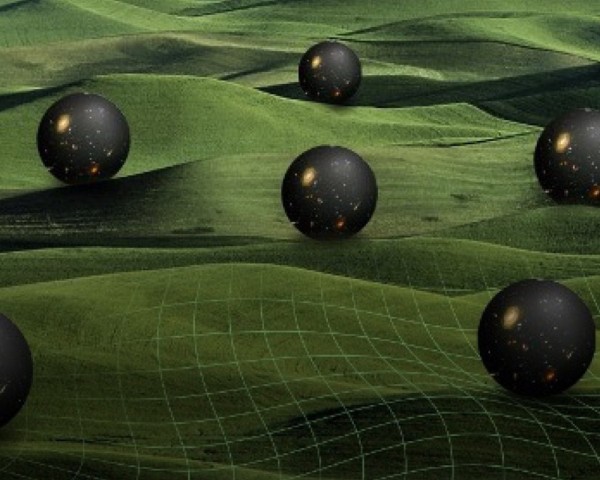 Image credit: Mario Livio, via http://www.huffingtonpost.com/mario-livio/how-can-we-tell-if-a-multiver….
Image credit: Mario Livio, via http://www.huffingtonpost.com/mario-livio/how-can-we-tell-if-a-multiver….
If you predict magnetic monopoles -- but only one inside our observable Universe -- is that science?
If you predict causally disconnected regions of spacetime from our own, is that science?
And, to go the String Theory route, if you require a collider a light year in diameter to test your theory, is that science?
I would argue that it has the potential to be science, but in many ways, it's still at the pre-scientific stage. What can you do without testable predictions? The answer is a lot, but not necessarily scientifically rigorous to be called science.
Thanks for all your support, everyone, and see you back here next week!

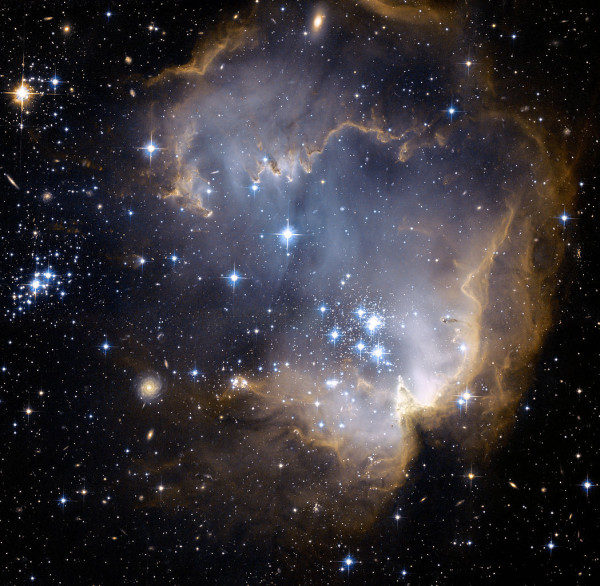
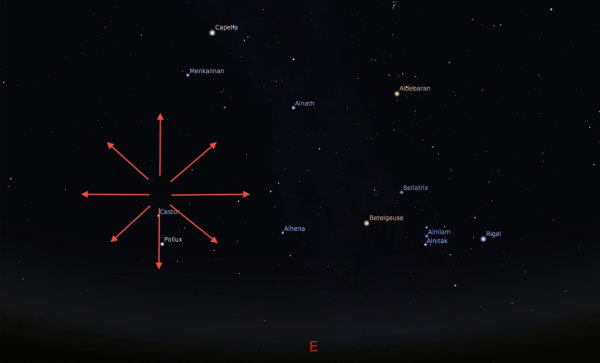
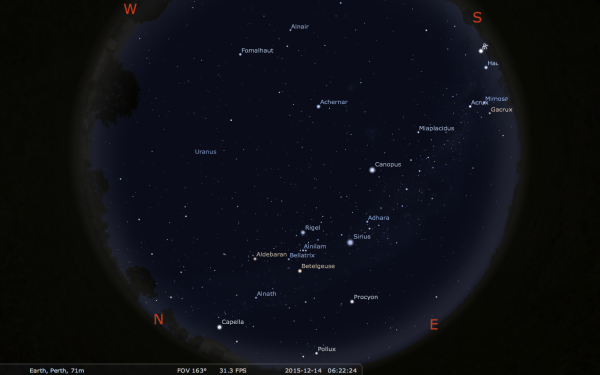


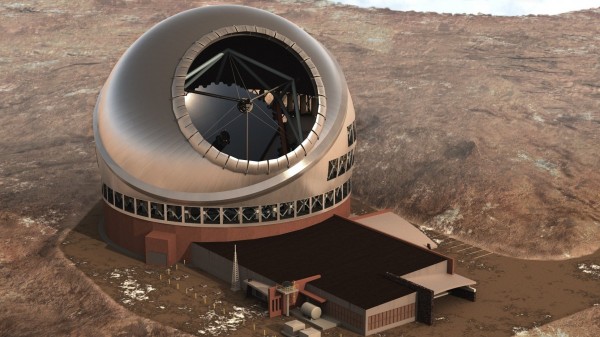
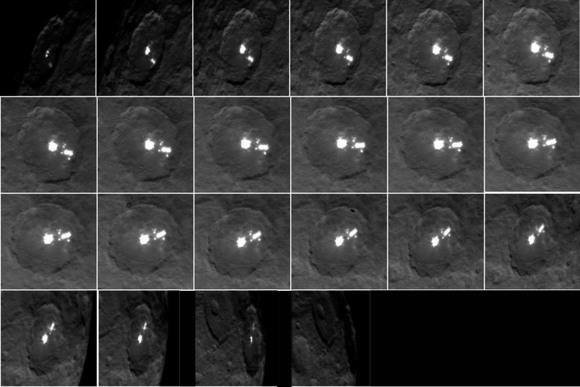
I dunno, man, I was out on Bainbridge Island a few months ago, and it had been so dry that people were losing trees.
"Like all analogies, this one is limited. "
Well, I didn't actually MAKE an analogy. I just said that the partner isn't ascribed anything like "negative energy", nor the other "positive", until AFTER they've done their duty as hawking radiation.
At least never any time I recall reading or being told about it.
It's always "When one particle falls in, blah de blah de blah.".
"What can you do without testable predictions? The answer is a lot, but not necessarily scientifically rigorous to be called science."
Actually, I'd proffer that there's one thing you CANNOT do: choose whether it's right.
If you can test the predictions, then you can say it's right (for the scheme it is applicable for). If you *can't*, then you can't say it's right.
It's a theory. The postulate is what most people who talk of String Theory being not-a-theory, and that postulate is "these phenomena are all just excitations of a one dimensional 'string' thing". That postulate leads to various hypotheses, such as "The photon has this character as a string", "The electron has this character as a string", and then these hypotheses are collected into the theory, where the features of the postulated "string thing" are described.
So it's a theory, a theory that, based on the postulate, identifies how a vast array of phenomena are explained.
It's *scientific* if you use the scientific method in it.
It's just not yet possible to figure any way out of the bind of not knowing if it's a load of smoke-up-ass or a very useful theory.
It's below general relativity, above branes and MOND, and somewhere around the level of dark energy or dark matter. Though probably somewhat less constrained by falsifiable observation, hence less defensible.
Hi Ethan,
as luck would have it, property owners decided to have burnoffs throughout the weekend, defeating observations re Geminids. Seems to happen nearly every year, or rains incessantly! Time to move location, methinks.
:)
Tuesday, 15/12/15 03:00 local time.
Success ! One lonely straggler Geminid south of the twins. Boy, now I've seen it all ! !
Steven Hawking didn't "discover" anything. He conjectured. Surely the great Ethan Siegel should understand that distinction!
Black holes are real phenomena, such as the one in the center of our galaxy. They are not amenable to mythical philosophy such as "the information paradox", "evaporation", "firewalls" or whatever. When are physicists going to admit that black holes are intrinsically unknowable and out of bounds of any known theory, and stop playing these games?
"Steven Hawking didn’t “discover” anything."
And this knowledge was not discovered either, then? So where did it come from????
@wow
self-indulgent little creature aren’t you
disgusting
proof:
http://scienceblogs.com/startswithabang/2015/12/17/what-are-quantum-gra…